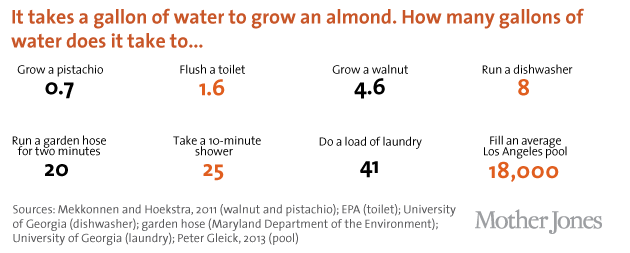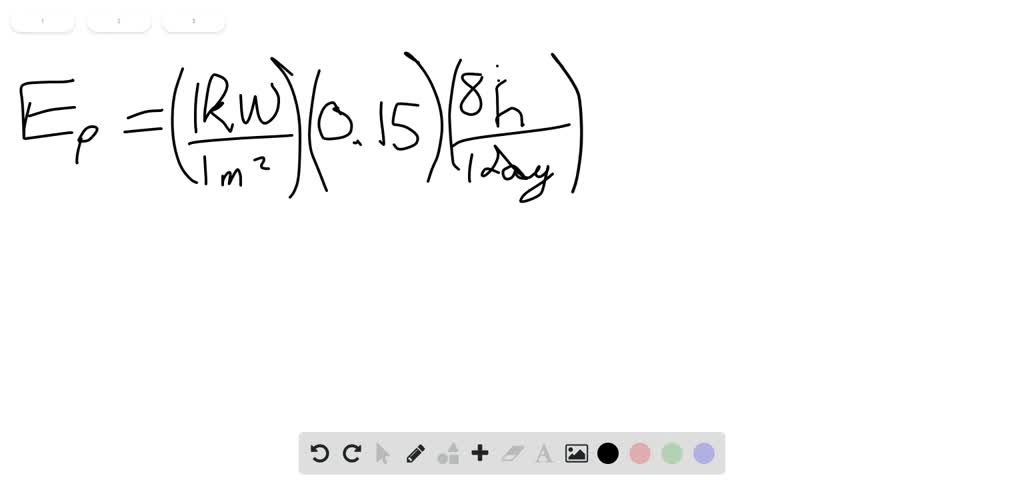Table of Content
AC units with high SEER ratings use less electricity than same-size units with the lower SEER rating. Basically, you just insert the AC tonnage and SEER rating of your central or mini-split AC, and the calculator will tell you how many kWh such an AC unit uses per hour. Line drying, or using an indoor clothes horse would be a better option. If you really need to use a tumble dryer, choosing one with an A+++ energy label instead of an A-rated one could save you around £370 over its 13-year lifetime. Fridges and freezers are the only appliances in your home which need to be plugged in and working around the clock.

This amount equates to 0.004kWh, so a 300 watt solar panel will generate 1.22kWh/day. The average electricity rate is 12.55 cents per kilowatt hour . The average price a residential customer in the United States pays for electricity is 13.31 cents per kWh. On an average, Canadian households consume about 6,920 kWh of electricity per year for the purposes of lighting, appliances, entertainment and other miscellaneous loads. This is about 19.0 kWh per day (or in terms of average electricity costs, about $2.20 per day). I live in Mumbai, India here the electricity tariff is Rs 12/ kWh.
How many solar panels to produce 30 kwh per day?
Smart meters can be set to half hour, daily or monthly collection. Fridge-freezers have become so much more energy-efficient in recent years. You could actually save up to £113 a year, just by switching to a more efficient model10. According to the Energy Saving Trust, an average home can spend £35 a year, just by leaving appliances on standby. Taking all this into consideration, household electricity use works out at around 8kWh for a medium use household. If your home uses electric heating, then the figures would obviously be much higher.
This table shows the average electricity use per household worldwide in 2018. At OVO Energy, we only supply 100% renewable electricity4. Find out more about our energy plans, and start cutting your carbon footprint today, by making the switch. Just because an average UK household uses around 3,731 kWh/year, that doesn’t mean yours should! One of the problems with comparing yourself to an average household, is that the figure tends to be skewed by a small number of households using large amounts of electricity. So, let’s take a peek inside the average UK household, and see how much we spend on electricity.
Shopping for the right electricity plan for your home
According to the Energy Saving Trust, using an A++ rated washing machine could save you around £65 over its 11-year lifetime. To save the most energy, make sure you’re only washing with a full load, and use low temperatures whenever possible. So if you’re working for 8 hours, it’ll cost you around 10p per day (based on an average energy unit cost of 12.5 p/kWh). As an example, a 100-watt light bulb operating for ten hours would use one kilowatt-hour.
The average electricity cost decreases to $0.138 if you exclude the territories. Central Air-Conditioners use on average 1-kilowatt hour per ton per hour. A 4-ton air-conditioner will use approximately 4 kWh per hour. If a four-ton air-conditioner ran for 12 of the 24 hours in a day the usage would be 48 kWh per day….Average Monthly Appliance Usage. A conventional light bulb that consumes 0.06 kWh would cost you £21.90 per year if operated 8 hours per day. For an LED that lasts for years and uses only about 6 kWh per year, you pay about £6.
What’s the average home power usage per day?
Air conditioning and heating costs can vary and often account for up to 50 percent of your home’s energy use during different seasons. Tankless water heaters use around 2.5 kW for every hour they run, which is higher than most household items. Additionally, electric tankless water heaters use more energy than nearly every other common household item overall, with the exception of pool pumps. However, most homes run the dishwasher once every other day, so the overall power consumption is low compared to other household items. Some devices continue drawing energy even after they’ve been switched off, such as tablets, smartphones, and gaming consoles. Instead of powering down, they enter “standby mode,” which is why you’re able to activate them so quickly.
Battery capacity ranges from 5 to 8 kilowatts, which means they may power many circuits or a few appliances simultaneously. It’s important to keep an eye on this measure to see how many appliances and circuits you can power simultaneously for long periods of time. With a 3600W output, you can easily charge up heavy-duty electricals like a dryer, AC unit, heater, and more.
Also in Renewable energy explained
Dehumidifiers will consume far more energy in areas where humidity is higher. They will also use more electricity if they need to run year-round, like in areas that remain warm and humid throughout all seasons. A washing machine will consume an average of 140 kWh per year, assuming you do three loads of laundry a week and opt for cool or warm water rather than hot. Panel of experts to create unbiased reviews that empower you to make the right choice for your home. No other energy site has covered the root issues as long as EcoWatch, which means we have more data and insider information than other sites. Our rankings are never affected by revenue or partnerships.
(This lower figure is offset by a higher usage of natural gas.) The average Ontario household uses about 9,500 kWh of electricity per year. One 250-watt solar panel will produce 1,000 watts, or one kWh, per day if it receives four hours of sunlight. Manufacturers must label panels with the number of kilowatt-hours they can produce under ideal conditions, such as direct sunlight on a cloudless, sunny day.
Additionally, using aging space heaters or those that aren’t Energy Star-rated can bring this average consumption up as well. The average home in America uses about 90-kilowatt hours per month, according to the U.S. But that number can be much higher or lower depending on the size of your home, your geographic location, and how energy-efficient your appliances are. Firstly, lifestyle and the frequency with which you use your electrical appliances is one aspect to consider. If the average household electricity consumption per day is 30 kWh, and the median size of a house is 2,000 square feet, let’s use this as our template. In 2020, the average annual electricity consumption for a U.S. residential utility customer was 10,715 kilowatthours , an average of about 893 kWh per month.

For most purposes, and estimate using an average irradiance value of 4 peak-sun-hoursgives a good idea of solar output. We are a non-ministerial government department and an independent National Regulatory Authority. Our role is to protect consumers now and in the future by working to deliver a greener, fairer energy system. Kettles and tumble dryers can consume a lot of energy if they’re used on a very regular basis.

No comments:
Post a Comment